Kuldiha Wildlife Sanctuary, in the Balasore district of Odisha, is a hidden gem for nature lovers and wildlife enthusiasts. Spanning an area of 272.75 square kilometres, this sanctuary is part of the larger Similipal-Kuldiha-Hadgarh Elephant Reserve, making it a crucial habitat for the conservation of elephants in the region. The sanctuary is known for its rich biodiversity, with a mix of dense forests, lush meadows, and picturesque landscapes. Whether you’re looking for a thrilling safari experience or a peaceful retreat into nature, Kuldiha Wildlife Sanctuary offers something for everyone.
Location
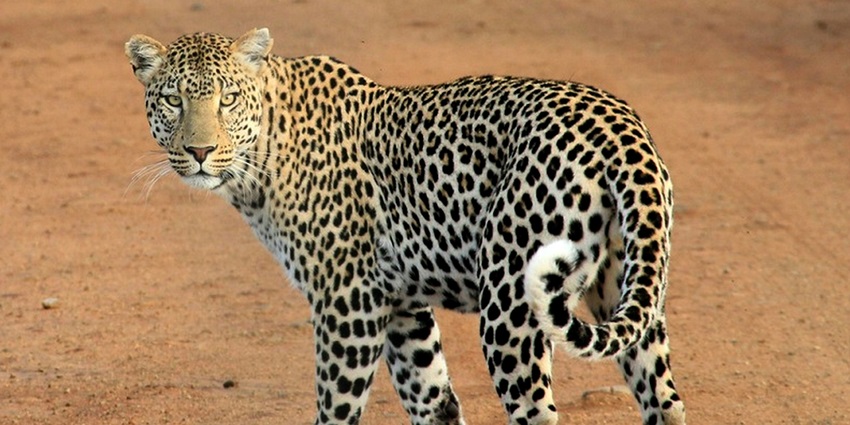
Photo: Pixabay / Pexels / Image For Representation Only
Kuldiha Wildlife Sanctuary is in the northern part of Odisha, in the Balasore district. It is situated approximately 30 kilometres from the town of Balasore and is part of the Eastern Ghats. The sanctuary is bordered by the Nilagiris to the east and the Subarnarekha River to the west, creating a diverse ecosystem that supports a wide variety of flora and fauna. The sanctuary’s proximity to major towns like Balasore and Bhadrak makes it easily accessible for tourists.
Suggested Read: Discover The Padmasambhava Mahavihara Monastery
How To Reach Kuldiha Wildlife Sanctuary

Photo: Creative Vix / Pexels / Image For Representation Only
By Air: The nearest airport to Kuldiha Wildlife Sanctuary is Biju Patnaik International Airport in Bhubaneswar, about 215 kilometres away. From the airport, you can hire a taxi or take a bus to reach the sanctuary.
By Train: The nearest railway station is in Balasore, located around 30 kilometres from the sanctuary. Balasore is well-connected to major cities like Kolkata, Bhubaneswar, and Chennai. From the station, you can hire a taxi or take a bus to reach the sanctuary.
By Road: Kuldiha Wildlife Sanctuary is well-connected by road. You can drive from Balasore, which is about an hour’s journey. There are also regular bus services from Balasore and Bhadrak to the sanctuary.
Things To Do
1. Wildlife Safari
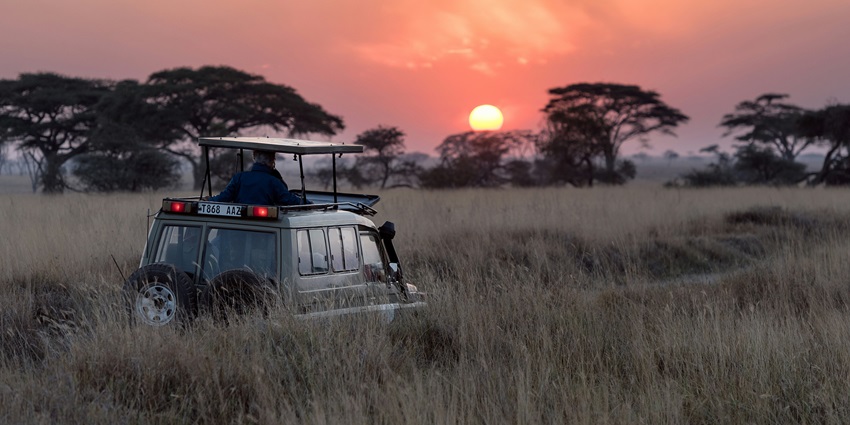
Photo: Hu Chen / Unsplash / Image For Representation Only
Wildlife safari is one of the popular Kuldiha wildlife sanctuary activities. The sanctuary is home to elephants, leopards, sambar deer, and several species of birds. A guided safari offers a chance to observe these animals in their natural habitat.
Suggested Read: Things To Do At Sudam Sand Art Museum
2. Trekking
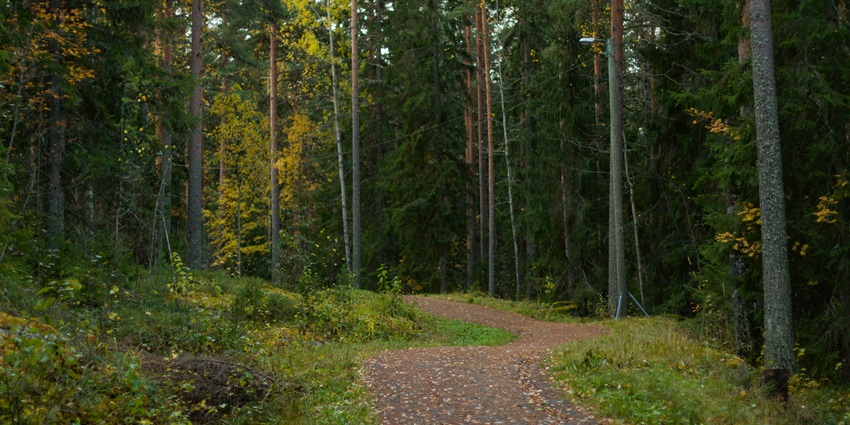
Photo: K8 / Unsplash / Image For Representation Only
Kuldiha’s rugged terrain and dense forests make it an excellent destination for trekking. Trails like the one leading to Nilagiri offer both adventure and scenic beauty.
3. Birdwatching
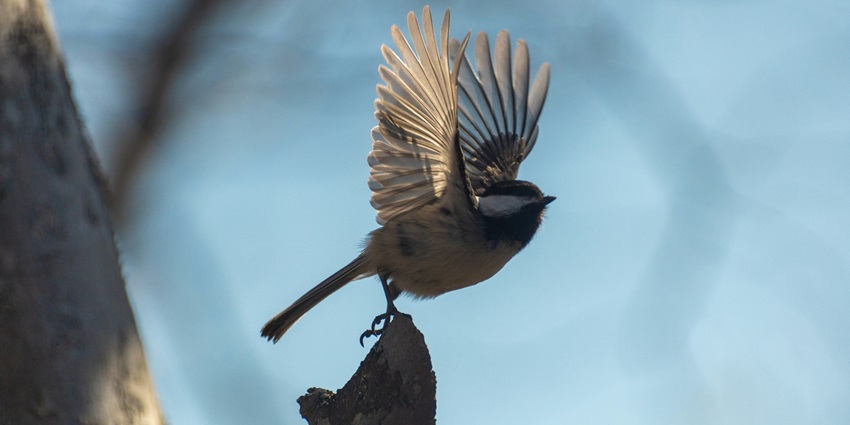
Photo: Jan Budomo / Unsplash / Image For Representation Only
With its diverse ecosystem, Kuldiha is a haven for birdwatchers. The sanctuary is home to over 200 species of birds, including peacocks, hornbills, and migratory species that visit during the winter months click Kuldiha Wildlife Sanctuary photos.
Suggested Read: Kala Bhoomi Odisha Crafts Museum
Places To Visit In And Around Kuldiha Wildlife Sanctuary
If you’re planning a visit, several attractions within and around the sanctuary promise an unforgettable experience. Here are places to visit in and around Kuldiha Wildlife Sanctuary
1. Nilagiri
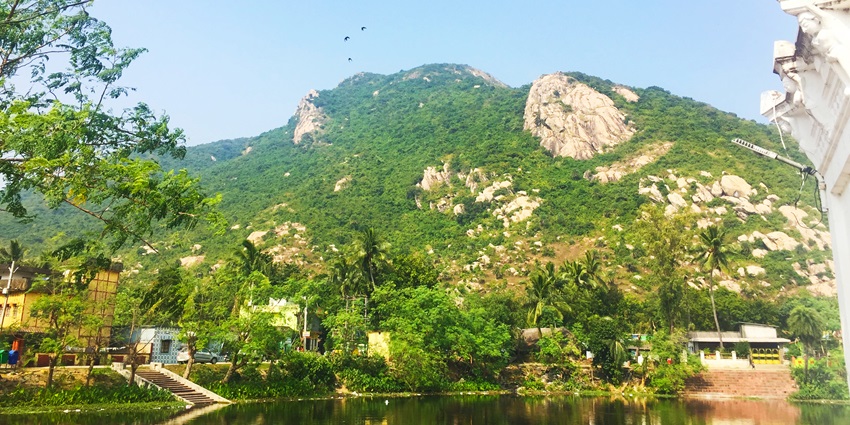
Photo: Subhashish Panigrahi / Wikimedia Commons
Nilagiri is one of the most prominent attractions within Kuldiha Wildlife Sanctuary. This town is a popular trekking destination and holds cultural significance, as it is home to several ancient temples. The trek up Nilagiri offers a mix of adventure and spirituality, with trails that take you through dense forests, offering stunning panoramic views of the surrounding landscape. The hill is particularly known for the Jagannath Temple, which attracts devotees and tourists alike. The cool breeze and tranquil environment at the top make it an ideal spot for relaxation and meditation.
Best Time To Visit Kuldiha Wildlife Sanctuary: November to February
2. Panchalingeswar Temple
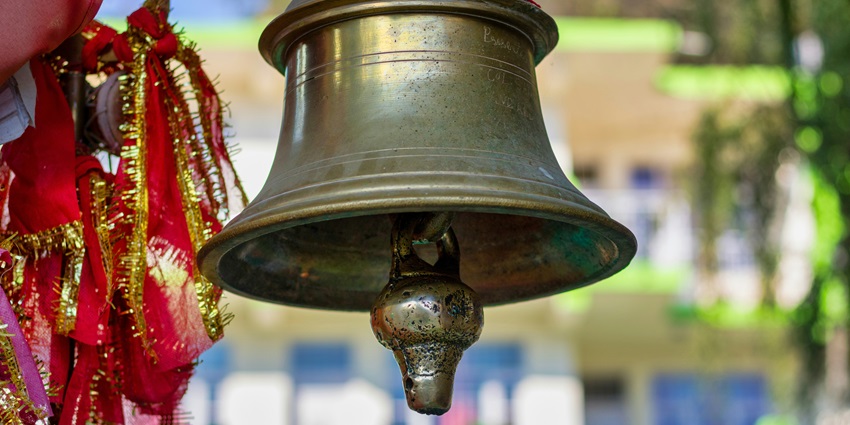
Photo: Chandan Parihar / Unsplash / Image For Representation Only
Panchalingeswar Temple is a unique and fascinating religious site within Kuldiha Wildlife Sanctuary. The temple features five natural Shivalingas, which are believed to have formed naturally over time. Visitors must climb 290 steps to reach the temple, but the effort is well worth it, as the temple offers stunning views of the surrounding hills and valleys. The temple is a popular destination for pilgrims and tourists alike.
Best Time To Visit: October to May
Suggested Read: Top Bhubaneswar Temples For A Blissful And Spiritual Experience
3. Talasari Beach
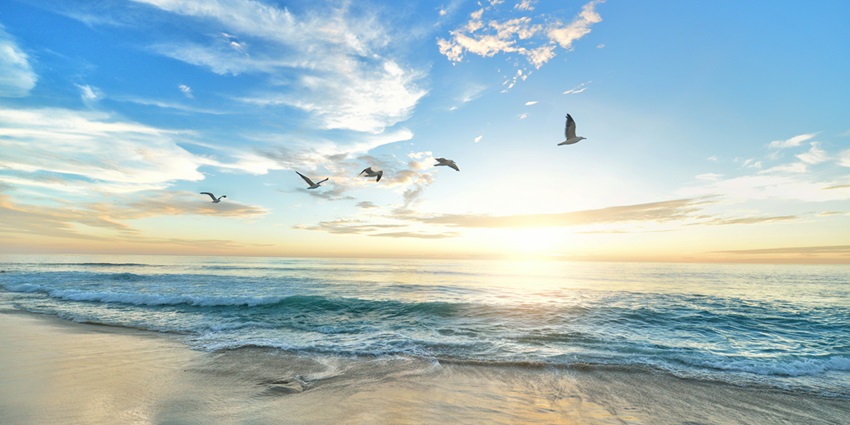
Photo: frank mckenna / Unsplash / Image For Representation Only
Talasari Beach is another picturesque destination near Kuldiha Wildlife Sanctuary, known for its serene environment and scenic views. This beach is characterized by its golden sands and gentle waves, making it perfect for swimming and sunbathing. The surrounding palm trees enhance its tropical charm, providing a peaceful retreat for visitors. Talasari Beach is less crowded than other beaches, offering a more intimate experience with nature ahd is ideal for those looking to connect with nature. The area is rich in biodiversity, and visitors may spot various bird species and marine life while exploring the coastline.
Best Time To Visit: October to May
Where To Stay

Photo: Pixabay / Pexels / Image For Representation Only
Kuldiha Wildlife Sanctuary offers a few basic accommodation options within its premises, including forest rest houses and eco-cottages. These facilities are maintained by the Odisha Forest Department and provide a rustic yet comfortable stay amidst nature. For more luxurious options, you can stay in hotels and resorts in nearby towns like Balasore or Bhadrak, which offer modern amenities and easy access to the sanctuary.
Suggested Read: Top Shiva Temples In Odisha For A Spiritual Experience
Where To Eat

Photo: Pille R. Priske / Pexels / Image For Representation Only
Dining options within Kuldiha Wildlife Sanctuary are limited, so it’s advisable to carry your food or plan your meals at nearby towns. Balasore has several restaurants that serve local Odia cuisine, including dishes like machha bhaja (fried fish), dalma, and chhena poda (a sweet delicacy made from cottage cheese). For those staying at the forest rest houses, meals can often be arranged by the staff, offering simple, home-cooked fare.
Best Time To Visit
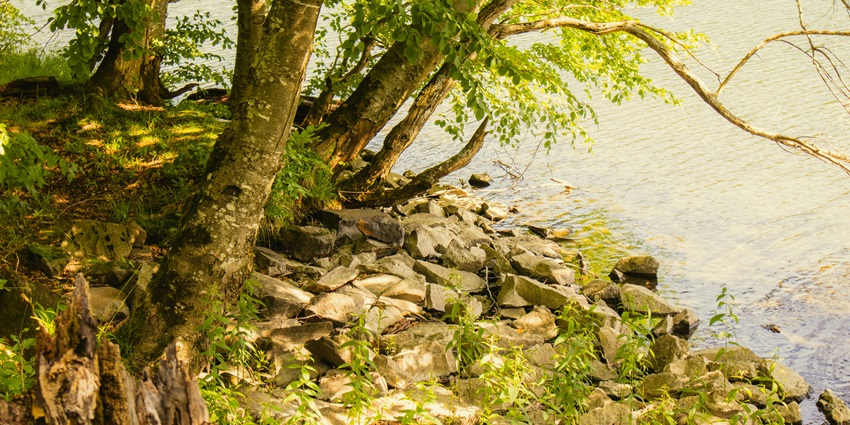
Photo: Marko Lengyel / Unsplash / Image For Representation Only
The best time to visit Kuldiha Wildlife Sanctuary is from November to March when the weather is cool and pleasant. During these months, the chances of wildlife sightings are higher, and the overall experience of trekking and exploring the sanctuary is more enjoyable. The monsoon season, from June to September, sees heavy rainfall, which can make the trails slippery and challenging. However, the forest during this time is lush and vibrant, offering a different kind of beauty for those who don’t mind the rain.
Suggested Read: Lakhari Valley Wildlife Sanctuary
Other Factors To Consider

Photo: Lukas / Pexels / Image For Representation Only
Tips For Travellers
- Carry sufficient water and snacks, especially if you plan to spend the day exploring the sanctuary.
- Follow the sanctuary rules and guidelines to ensure a safe and responsible visit.
- Book accommodation and permits in advance, particularly during peak tourist season.
- Bring a camera or binoculars for wildlife spotting and birdwatching.
- Respect the local culture and traditions, especially when visiting nearby villages and temples
- Entry to Kuldiha Wildlife Sanctuary requires a permit, which can be obtained at the sanctuary’s entrance or through the Odisha Forest Department’s website.
- Hiring a local guide is recommended for a more informative and safe experience.
- Light, comfortable clothing is recommended, along with sturdy walking shoes for trekking.
Kuldiha Wildlife Sanctuary is an ideal destination for nature lovers and wildlife enthusiasts seeking a peaceful retreat. Its diverse ecosystem, featuring a mix of deciduous forests and rich wildlife, offers visitors a chance to observe majestic elephants, leopards, and a variety of bird species in their natural habitat. The sanctuary’s scenic beauty, combined with activities like safaris and trekking, ensures an unforgettable experience. Plan a trip with TripXL to explore the sanctuary to the fullest.
Cover Photo: Pixabay / Pexels / Image For Representation Only,


 WhatsApp
WhatsApp
 Twitter
Twitter









